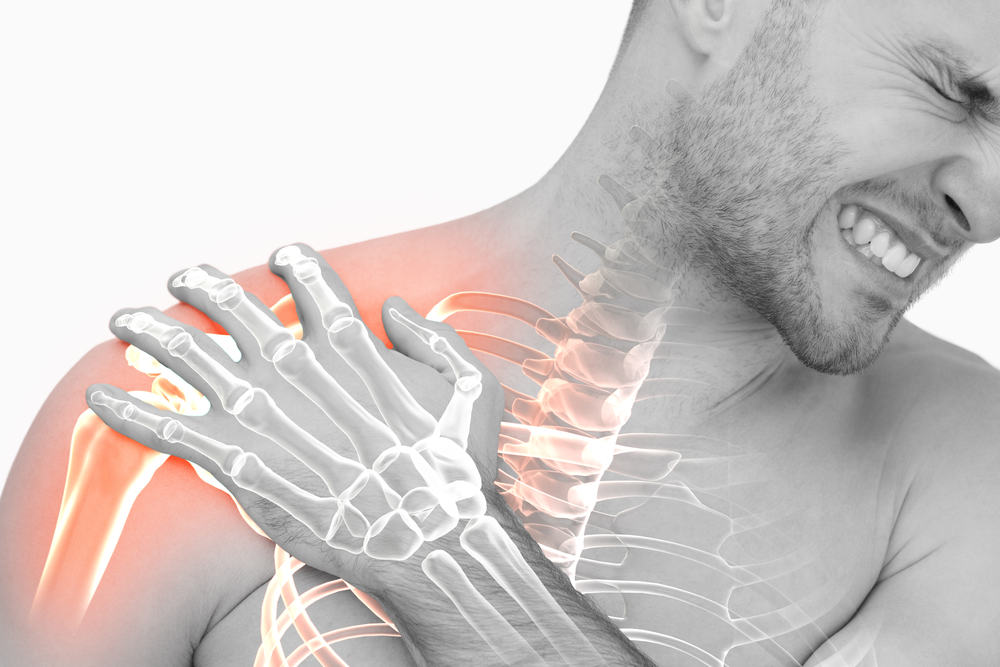Joint Pain Symptoms:
Joint pain, also called arthritis or arthralgia, can happen in any joint, or the point where two or more bones meet. Joint pain symptoms include a sore sensation each time you move your joint. Painful joints can include: wrists, elbows, shoulders, hip, knees and ankles.
Joint Pain Causes:
Bone and joint pain can be caused by natural aging, injury or trauma. Joint pain can increase with conditions like arthritis, Lyme disease, bone cancer and more.
Joint Pain Risk Factors:
Age, physical activity level and family medical history are all risk factors of joint pain.
Joint Pain Testing:
There is no real way to test for joint pain, but certain tests may be done at APM clinics to rule out other conditions, such as infection or fracture.
Joint Pain Management Treatment Options:
At APM clinics, there are a number of joint pain management treatment options that help with joint pain management, which include:
- Joint Injection (Steroid, Local Anesthesia, SYNVISC)
- Trigger Point Injection
- Radiofrequency Nerve Ablation
- Physical Therapy
- Chiropractic Care
- Medication Management
- Pain Psychology
- Acupuncture










